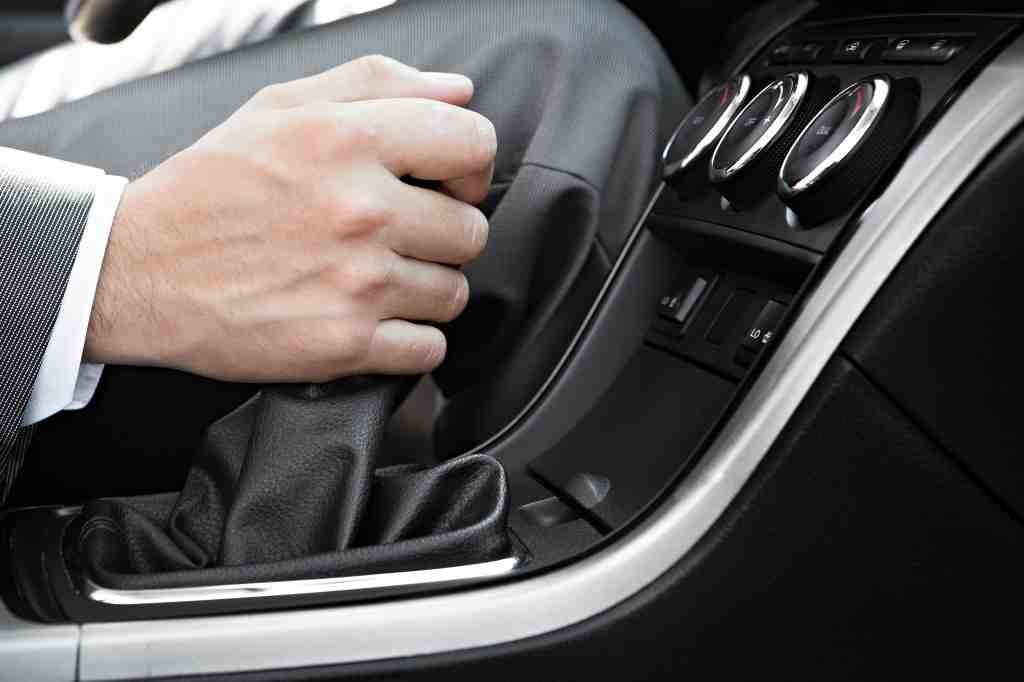Vibration dampening refers to the introduction of materials or technology designed to reduce vibration produced in machines or systems. This technology can be used in a wide variety of settings for vibration control. For specialty applications, engineers can design a custom vibration damping system, while in other instances, people may use generic systems, products and materials, which can be fitted as kits to work with the system.
 Vibration dampening is different from vibration isolation and vibration canceling. In each case, the goal is to address the oscillations which characterize vibration, and may also cause sounds as well. The control method which is most effective and appropriate varies depending on the needs of the system and the way in which the system is used.
Vibration dampening is different from vibration isolation and vibration canceling. In each case, the goal is to address the oscillations which characterize vibration, and may also cause sounds as well. The control method which is most effective and appropriate varies depending on the needs of the system and the way in which the system is used.
With vibration dampening, the goal is to reduce vibration with shock absorption and other techniques. For example, on a factory floor, vibration dampening tiles might be used as vibration damping material on the floor to absorb vibration from equipment. Likewise, padding and other types of vibration damping material can be used as insulation fitted onto or around equipment to minimize the amount of vibration which occurs. Specialized vibration dampening mounts can also be used to fit equipment to the floor, bench, or wall in a way which will reduce vibration. Specific types of vibration can also be addressed with particular damping fittings.
What are the reasons for vibration dampening?
Vibration damping materials and their applications
Vibration damping materials are used to reduce or eliminate noise in industrial, electronic, structural and ergonomic applications caused by resonance and vibration. Vibration damping materials are applied to various products such as Notebook computers, PDAs, car navigation systems, mobile phones, and many other types of electronic equipment. Vehicles, too, are subject to vibration and as such they need to be fitted with vibration damping material. Special acrylic rubber is used in dampening of vibration energy by converting it into thermal energy. This is a highly effective vibration dampening material. In addition, the improved heat resistance allows use in a broader range of areas and applications. There truly is a wide range of applications which require vibration dampening both in the industrial and consumer worlds.






0 comments:
Post a Comment